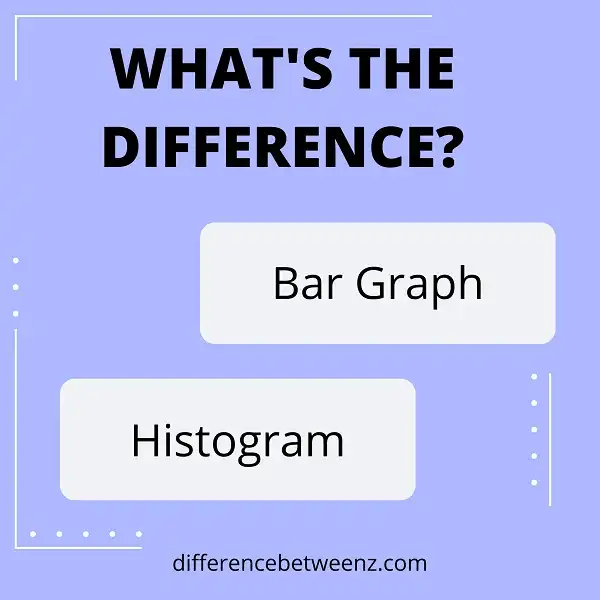When it comes to data visualization, there are two main types of graphs that you’ll use: bar graphs and histograms. While both are used to display data, they have different purposes, and as a result, look quite different from one another. In this blog post, we’ll take a closer look at the difference between bar graphs and histograms, so you can be sure to pick the right type of graph for your needs.
What is Bar Graph?
Bar graphs are one of the most commonly used types of graphs, and they are very easy to understand. Essentially, a bar graph is a way of representing data using bars of different heights. The taller the bar, the greater the value being represented. Bar graphs can be used to represent data in a wide variety of situations, and they are particularly useful for comparing data between different groups. For example, a bar graph could be used to compare the average heights of men and women, or to compare the amount of rainfall in different months. Bar graphs are an incredibly versatile tool that can be used to visualize all sorts of data.
What is Histogram?
The histogram is a graphical representation of the distribution of numerical data. It is an accurate representation of the distribution of numerical data. It is a powerful tool for both statistical analyses and for the presentation of data. A histogram can be used to find the most likely value of a variate, to compare two or more distributions, or to assess the goodness of fit of a model to data. A histogram can also be used to determine whether a process is stable or not. Histograms are usually based on a sample of the population. The sample size should be large enough so that the histogram will be representative of the population. A histogram should be constructed so that the X-axis represents the range of values and the Y-axis represents the frequencies. The class interval should be chosen so that each interval contains an equal number of values. The width of the interval should be small enough so that there is no overlap between intervals and large enough so that there is enough data in each interval to get an accurate estimate of the shape of the distribution.
Difference between Bar Graph and Histogram
Bar graphs and histograms are two common types of data visualizations. Bar graphs are used to compare different categorical data, while histograms are used to compare numerical data. Bar graphs are made up of bars, which can be either horizontal or vertical. Each bar represents a different category, and the length of the bar corresponds to the value of that category. Histograms, on the other hand, are made up of bins. Bins are groups of data that have been binned together based on their values. Bins can be either fixed-width or variable-width. Histograms can be either graphical or tabular. Graphical histograms show the data visually, while tabular histograms show the data in a table format. Bar graphs are better for comparing categorical data, while histograms are better for comparing numerical data.
Conclusion
Histograms and bar graphs are two different types of graphical representations of data. Histograms show the distribution of a given variable, while bar graphs show how many times each value appears in the data set. It is important to understand when to use which type of graph, as they can lead to very different insights. For example, if you want to see how spread out a group’s scores is on a test, you would use a histogram. If you want to know what the most popular score was on the test, you would use a bar graph.


